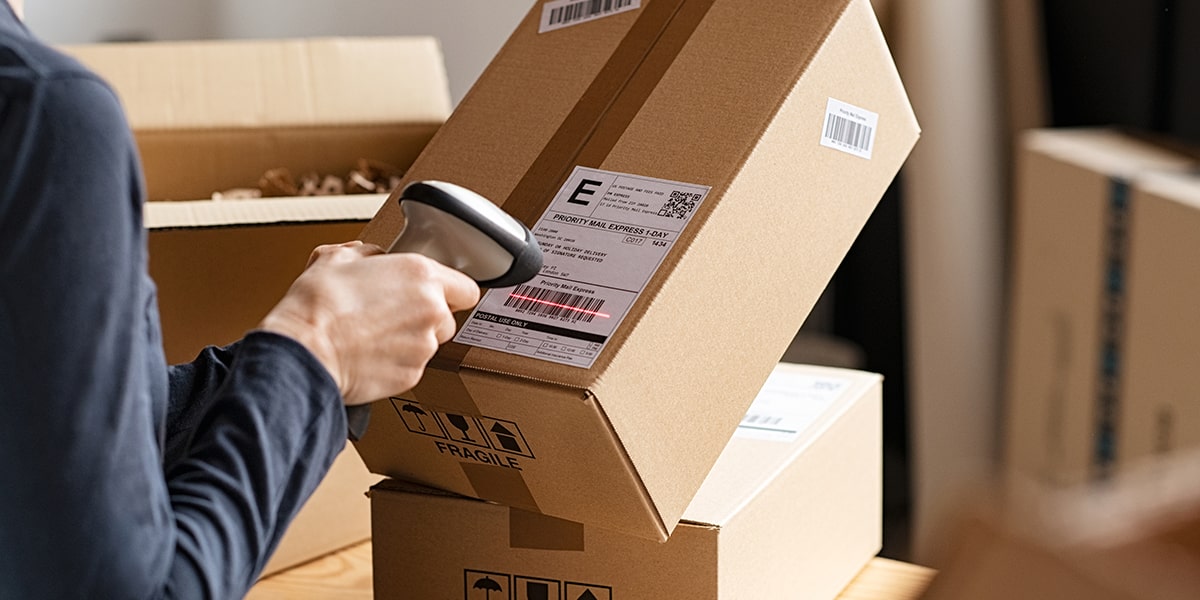Accelerated Aging Testing of Packaging Materials
The accelerated aging testing of packaging materials is a critical step in ensuring that consumer products meet stringent safety and quality standards. This process simulates the effects of time on packaging to predict its long-term performance under real-world conditions, thereby aiding in product development and compliance with regulatory requirements.
In the consumer products sector, packaging plays a pivotal role in protecting the integrity and safety of goods throughout their lifecycle. Properly designed and tested packaging ensures that products remain safe for consumers over extended periods, even when exposed to environmental factors such as heat, light, moisture, and humidity.
Accelerated aging tests are conducted using specialized equipment that subjects packaging materials to controlled environments replicating the effects of time more rapidly than natural aging processes. This allows manufacturers to identify potential issues early in the development cycle, ensuring product safety and compliance with relevant standards such as ISO 17924:2018 for plastics.
The primary objective of this testing is to assess how packaging materials withstand environmental stresses without compromising the product's integrity or posing a risk to consumers. By understanding these factors early in development, companies can make informed decisions about material selection and design improvements.
Accurate testing of packaging materials using accelerated aging techniques helps manufacturers comply with various international standards including ISO 17924:2018 for plastics, ASTM D6353-18 for paperboard containers, and EN 13937-2:2014 for wood-based products. These standards outline specific procedures for testing the durability of packaging under accelerated aging conditions.
During an accelerated aging test, samples are exposed to high temperatures, humidity levels, or ultraviolet light, depending on the material and expected environmental exposure. For example, polyethylene terephthalate (PET) bottles may be subjected to elevated temperatures to simulate storage in hot climates, while paperboard containers might undergo both temperature and humidity variations.
The test results provide valuable insights into the potential degradation of packaging materials over time, helping manufacturers optimize their designs for better performance. This not only enhances product safety but also contributes to sustainable practices by reducing waste associated with premature failures due to poor material selection or design flaws.
Why It Matters
The accelerated aging testing of packaging materials is essential for several reasons. Firstly, it ensures that products remain safe and intact throughout their shelf life, thus safeguarding consumer health and well-being. Secondly, compliance with regulatory requirements can prevent costly recalls and legal disputes. Thirdly, accelerated aging tests help manufacturers identify areas for improvement in their designs early on, leading to enhanced product quality.
Moreover, by conducting these tests, companies demonstrate a commitment to maintaining high standards of safety and reliability, which builds trust among consumers and stakeholders alike. This can significantly impact brand reputation and customer loyalty. Lastly, accelerated aging testing supports sustainable practices by minimizing waste through early identification of problematic materials or designs.
Regulatory compliance is another crucial aspect where accelerated aging tests play a vital role. Many countries have strict regulations governing the safety and quality of consumer products, particularly those involving packaging. For instance, in Europe, the European Union Directive 2019/771 on Packaging and Packaging Waste sets specific targets for waste reduction and recycling rates, emphasizing the importance of robust testing processes.
By adhering to these regulations, manufacturers not only avoid penalties but also contribute positively to environmental conservation efforts. Additionally, successful compliance can open doors to international markets where stringent regulatory frameworks are in place.
Why Choose This Test
Choosing accelerated aging testing for packaging materials offers numerous benefits that cater specifically to the needs of quality managers, compliance officers, R&D engineers, and procurement professionals. One key advantage is the ability to accelerate the aging process, allowing for quicker identification of potential issues during product development.
This efficiency translates into reduced time-to-market for new products, giving companies a competitive edge in the marketplace. Furthermore, accelerated testing helps maintain consistent quality across batches by identifying and addressing defects early in the production cycle.
Another significant benefit is the reduction in resource consumption during product development. By pinpointing weaknesses in packaging materials or designs through rigorous testing, manufacturers can eliminate unnecessary iterations and experiments, ultimately streamlining their R&D processes.
From a compliance perspective, accelerated aging tests provide peace of mind knowing that products meet all relevant legal requirements before hitting the market. This minimizes risks associated with non-compliance, ensuring smooth operations and avoiding potential disruptions due to regulatory actions.
Use Cases and Application Examples
| Product Type | Aging Conditions | Testing Parameters | Expected Outcomes |
|---|---|---|---|
| Beverage Bottles (PET) | High Temperature and Humidity | Visual Inspection, Dimensional Stability Tests | Evaluation of color change, surface integrity, and dimensional stability over time. |
| Paperboard Boxes | Temperature Cycling with Humidity | Bending Strength Measurement, Moisture Resistance Tests | Determination of flexibility, strength retention, and moisture permeability after accelerated aging. |
| Product Type | Aging Conditions | Testing Parameters | Expected Outcomes |
|---|---|---|---|
| Bakery Containers (Paperboard) | UV Exposure and Heat Cycling | Color Fastness Testing, Tear Resistance Tests | Evaluation of color retention, tear resistance, and overall durability under accelerated aging conditions. |
| Plastic Containers (HDPE) | Heat Aging with Humidity | Density Measurement, Impact Strength Tests | Determination of density changes, impact resistance, and potential brittleness after prolonged exposure to harsh conditions. |





